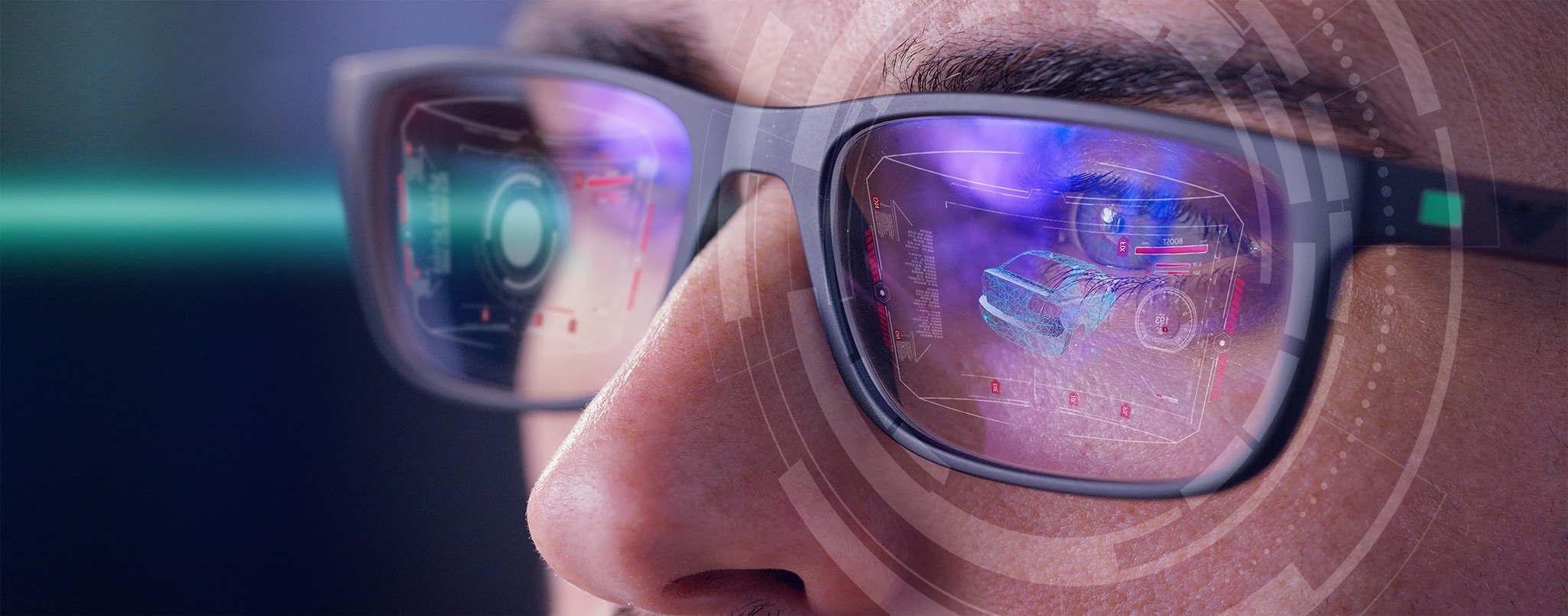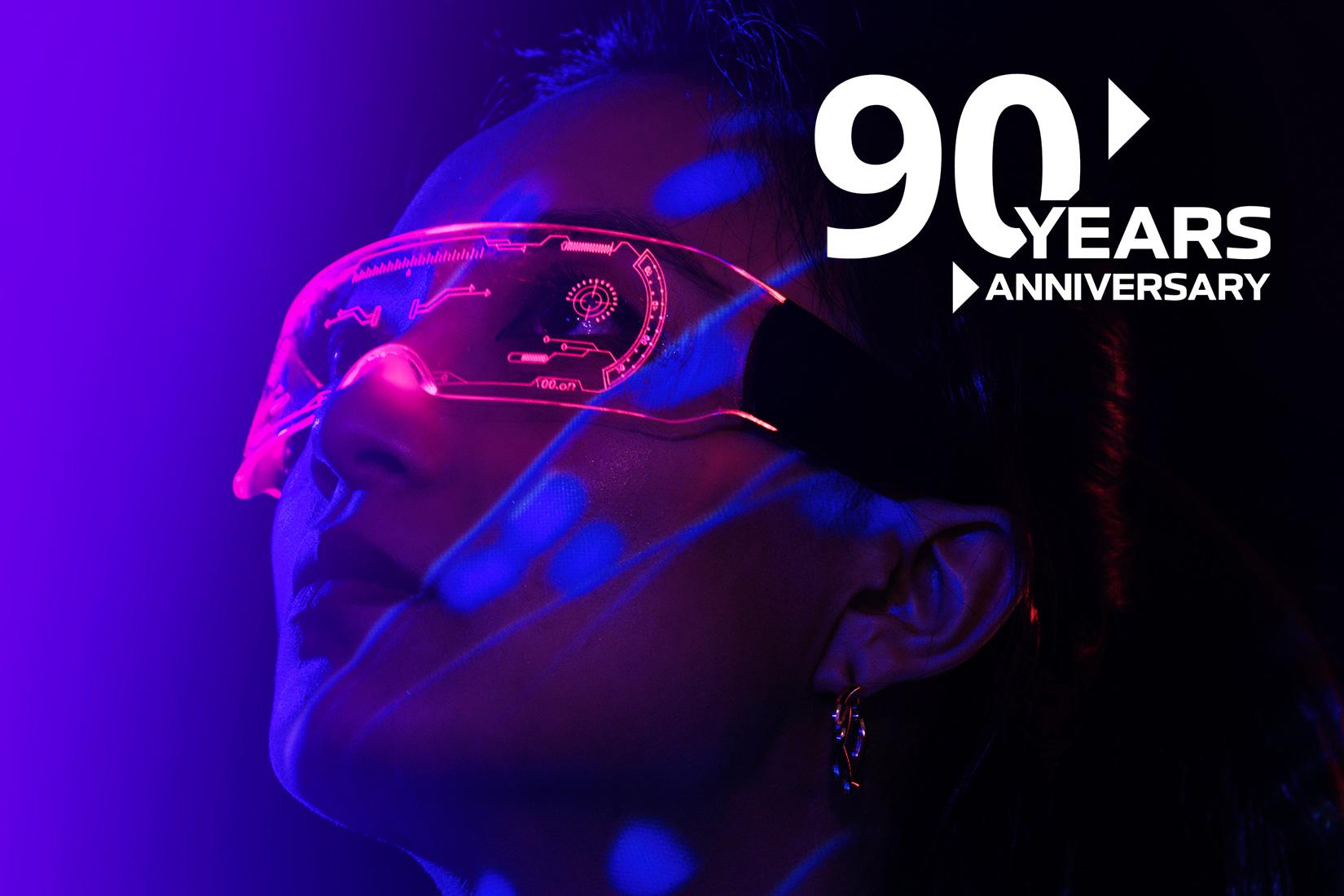
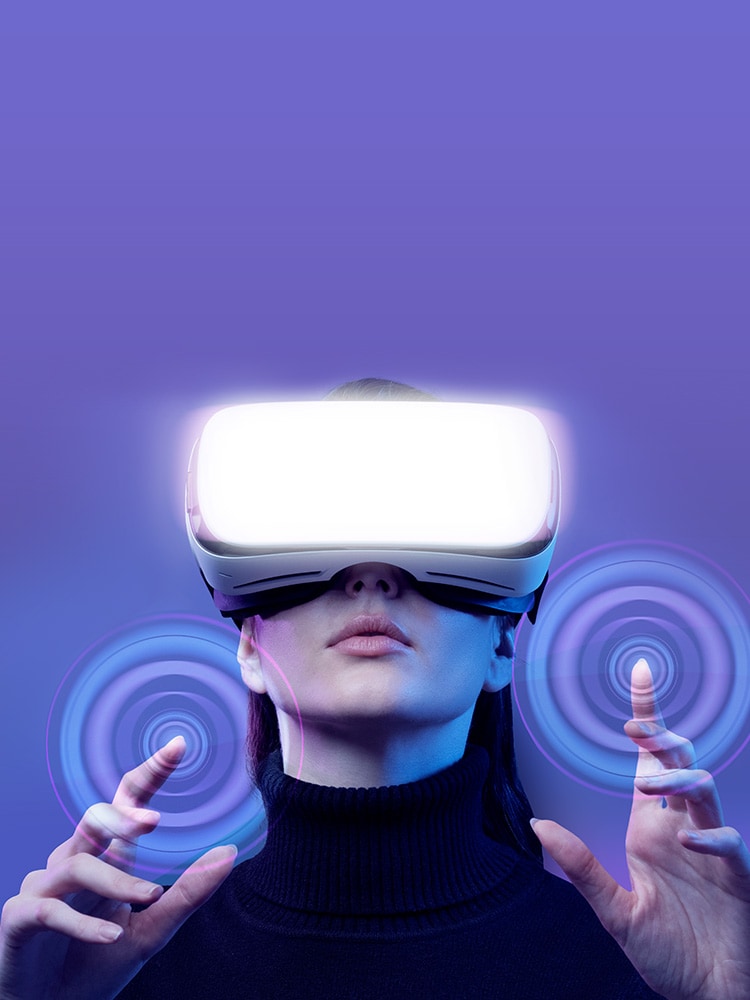
Behind the Metaverse: A Closer Look at VR Devices and their Ultra-Compact Sensors
The metaverse*1 is a virtual online space where users can enjoy a variety of experiences through their avatars. This virtual world is incorporating not only games and social networking but also other services like shopping and entertainment. The secret behind the experience of a space created in 3D computer graphics is the advance of VR devices, such as displays and controllers. This article takes a closer look at TDK’s sensor technology that is underpinning the miniaturization and high performance of VR devices.
▶Related Article:
MEMS ultrasonic sensor: Pushing the boundaries of AR/VR technology
The metaverse is drawing substantial interest
The metaverse is a computer-generated 3D space that spans across the Internet. Users can consume games, music, and other entertainment through their avatars, interact with users around the world, go shopping, and enjoy a variety of services in an ever-expanding space.
It is widely believed that the metaverse holds immense potential—comparable to that of the original Internet revolution. It is expected to comprise a wide range of industries, including social networking, entertainment, retail, education, and many others. Some estimate the global metaverse market will grow to $678.8 billion (78.8705 trillion yen) by 2030.

Trend and forecast of the global metaverse market (by revenue)
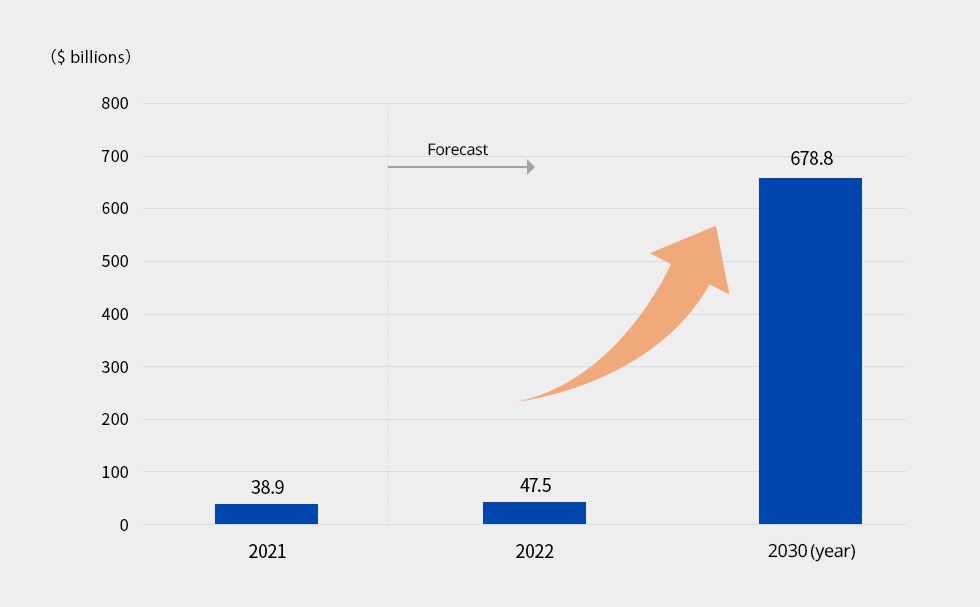
VR devices are essential for exploring the metaverse
The explosive expansion of the metaverse is underpinned by the progress of high-performance PCs and smartphones capable of generating 3D graphics, the proliferation of cryptocurrencies and NFTs (non-fungible tokens)*2 used for transactions in the metaverse, and advances in VR devices like head-mounted displays (HMDs) and controllers. By wearing an HMD, users can immerse themselves in virtual spaces rendered by high-resolution 3D graphics.
An HMD is typically equipped with displays showing separate images for each eye with parallax between them, allowing the viewer to perceive computer-generated spaces three-dimensionally. Additionally, by adjusting the images based on the angle, orientation, and movement of the head, viewers can feel as though they are actually inside the virtual space. Therefore, the performance of sensor components that can detect the slightest movement of the head is essential to providing an experience that is as realistic as possible.
How VR goggles work
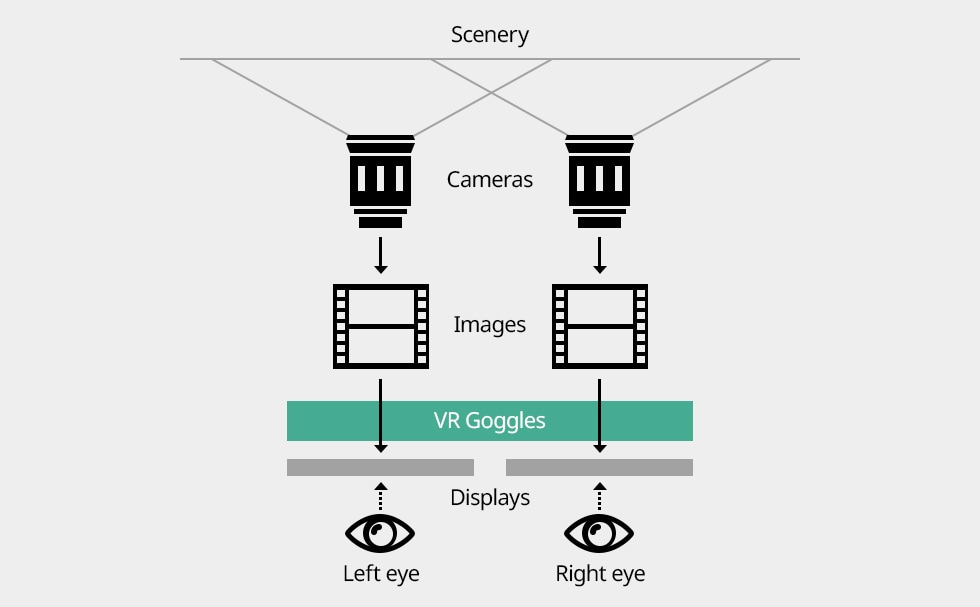
The performance required of sensors for VR devices
VR devices rely on numerous sensors to measure the motions made by the user and pass them to the VR processor. Among all the sensors, the motion sensor is most important, detecting the movement and rotation of the user’s head and hands in 3DoF (Degrees of Freedom) through accelerometers and gyroscopes.
A 3-axis gyroscope can measure the angular rate of rotation and further convert it to degrees of rotation, while a 3-axis accelerometer measures the combination of acceleration of linear movement and gravity on the x-, y- and z-axes and further fuse it with angular rate data to estimate the 3D orientation in the earth coordinate system.
A 6-axis IMU (Inertial Measurement Unit) integrates a 3-axis accelerometer and a 3-axis gyroscope in one chip. It can measure head orientation and gestures in an HMD and hand movements in handheld controllers. The performance and user experience of a VR device are closely tied to the accuracy and responsiveness of motion sensors inside them.

The exceptional capabilities of TDK’s motion sensors

Product Marketing Director
InvenSense
TDK’s ICM-456xy is an ultra-high-performance, 6-axis MEMS sensor family that combines a 3-axis gyroscope and a 3-axis accelerometer. At only 2.5 by 3 by 0.81 mm, the package is small enough to fit on a fingertip and can be mounted inside a variety of devices, including VR and other wearable devices.
Song Li, Product Marketing Director at InvenSense, a TDK Group company that developed the product, discussed the requirements for sensors used in VR devices. “Hardware limitations pose a major challenge to the widespread acceptance of the metaverse. An AR/VR HMD and controllers are necessary to enjoy the metaverse, but current devices are still much too bulky, and their batteries do not last long enough. We need sensors that are smaller, offer higher performance, and can operate for longer periods.”
As the latest member of TDK’s SmartMotion® family of MEMS motion sensors, ICM-456xy is the world’s first IMU to feature BalancedGyro™ technology that enables outstanding vibration rejection and temperature stability of the gyroscope to ensure stable operation with high accuracy. It is a revolutionary motion sensor that achieves the lowest power consumption in the industry and supports machine learning/sensor fusion on-chip.
Li continued, “As a leader in MEMS (micro-electro-mechanical systems) motion sensors, InvenSense has extensive experience in MEMS and ASIC design that allows us to create high-precision, low-noise sensors with the latest power-saving technologies. We believe ICM-456xy can make significant contributions to the development of next-generation VR devices.”
VR devices play a key role in connecting real and virtual spaces, and tiny motion sensors mounted in them are enabling further performance improvements and miniaturization. TDK’s technologies are making the metaverse experience more accessible and more real.
ICM-456xy MEMS motion sensor
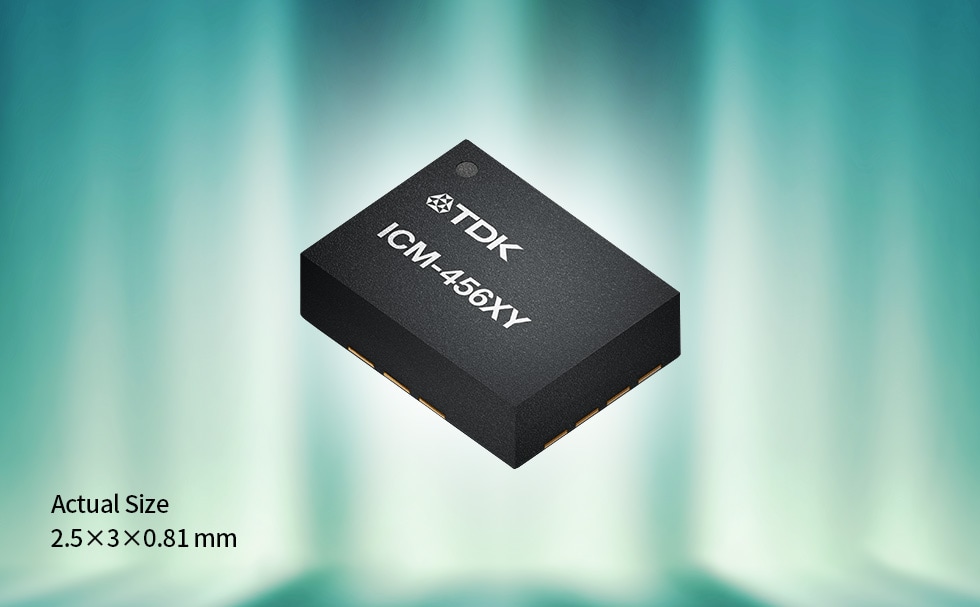
For detailed information on TDK’s ICM-456xy 6-axis motion sensor, a member of the SmartMotion® family, please visit the InvenSense website.
Terminology
- Metaverse: A portmanteau of the morpheme meta and the word universe, referring to a three-dimensional virtual space constructed within a computer and its services.
- NFT: Short for Non-Fungible Token. Digital data with counterfeit-proof tokens (certificates of ownership) attached, issued and traded within a blockchain, similarly to cryptocurrencies.



